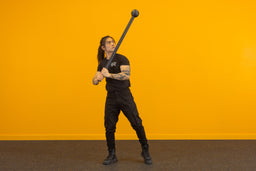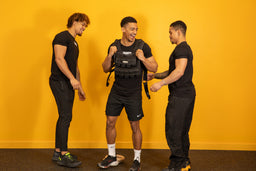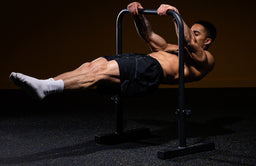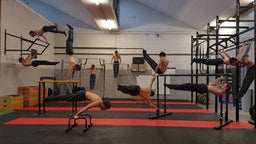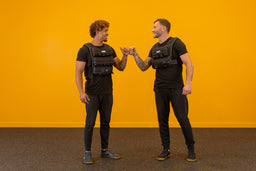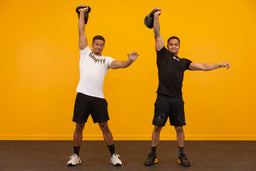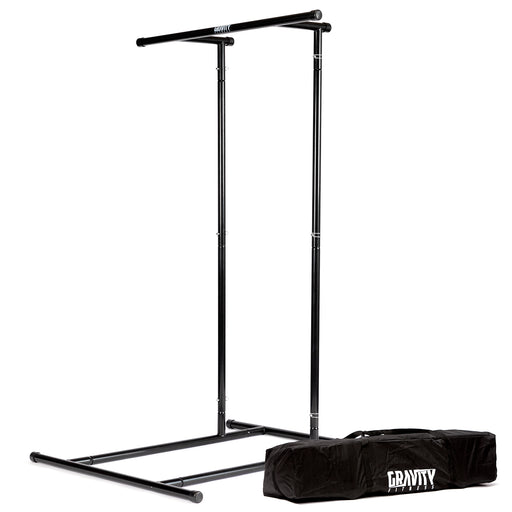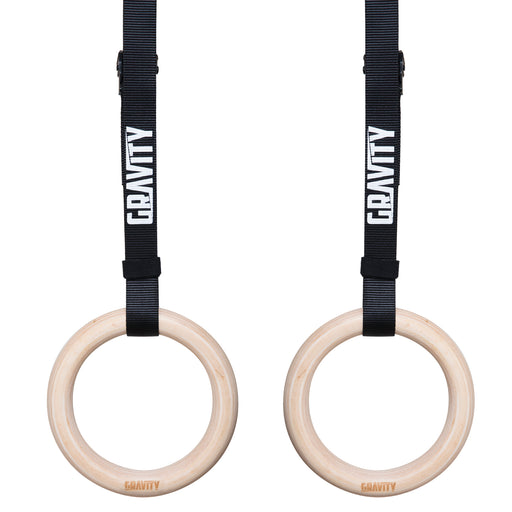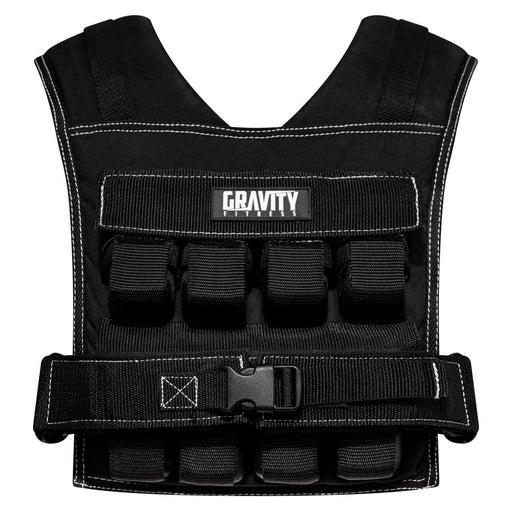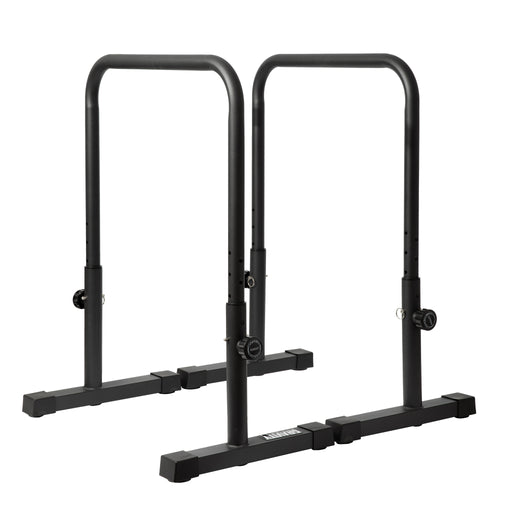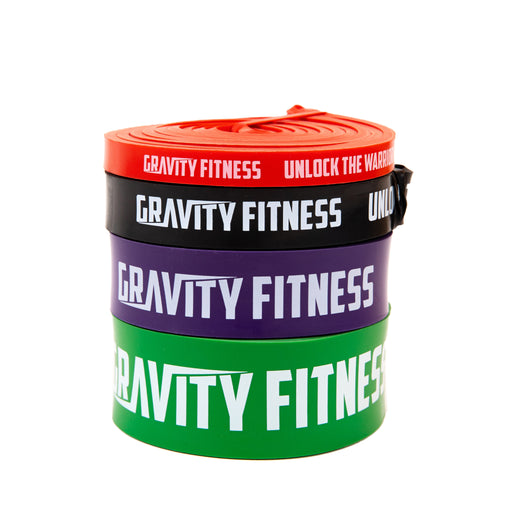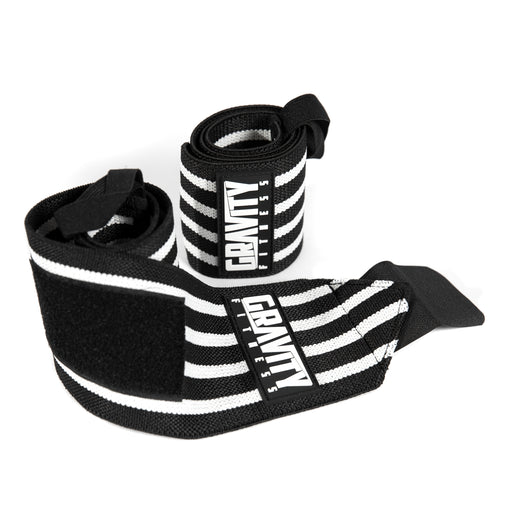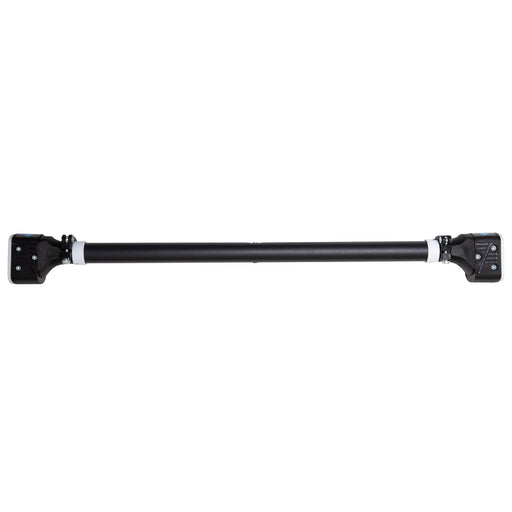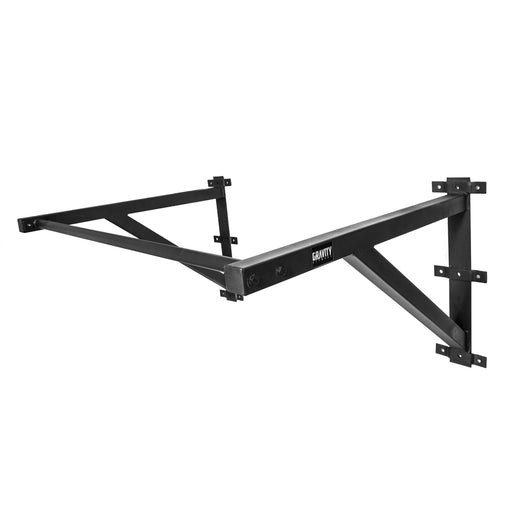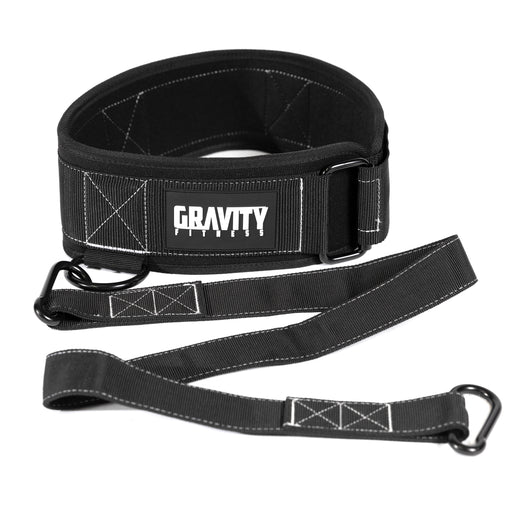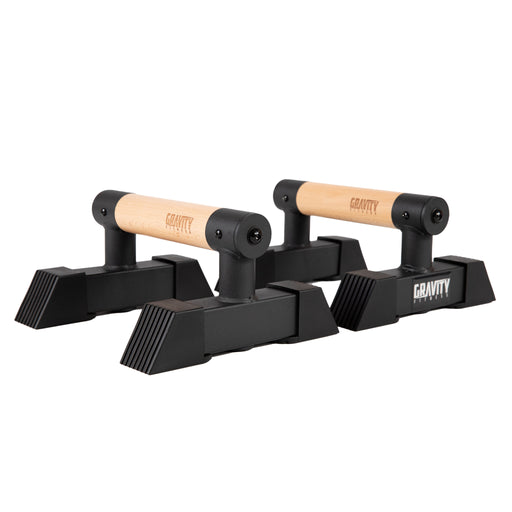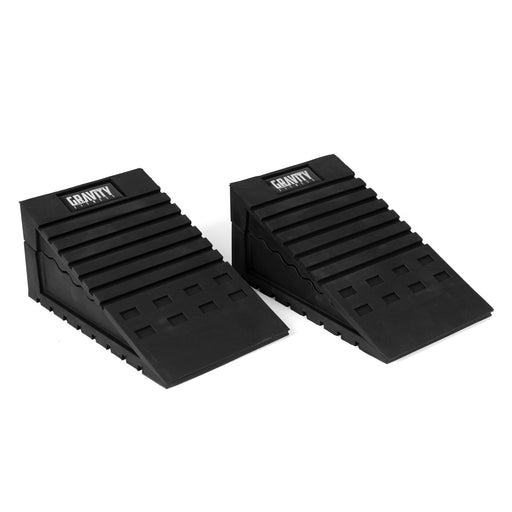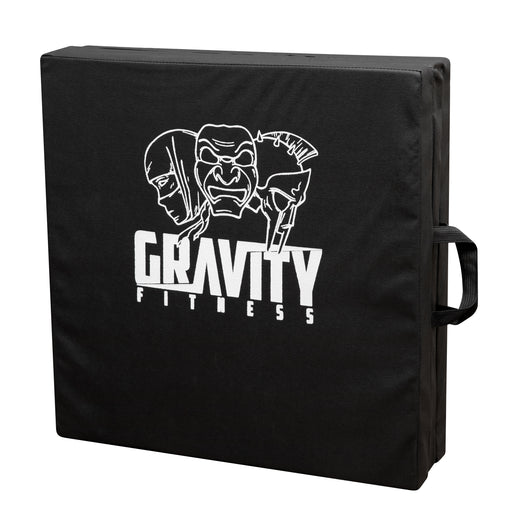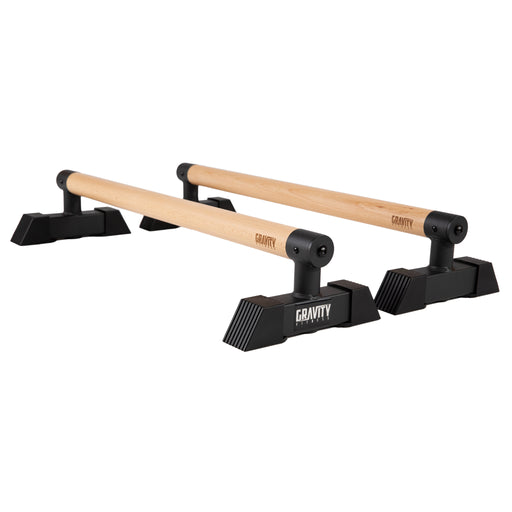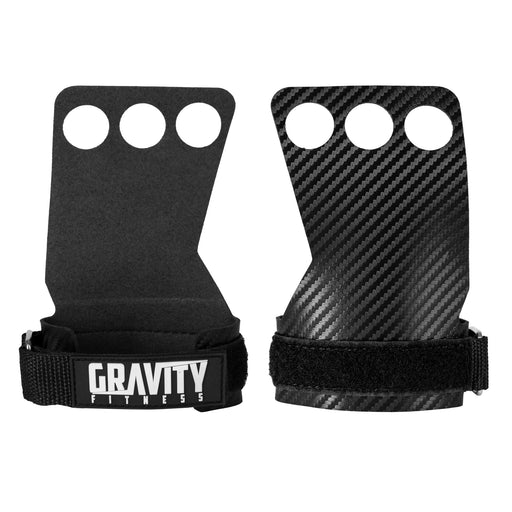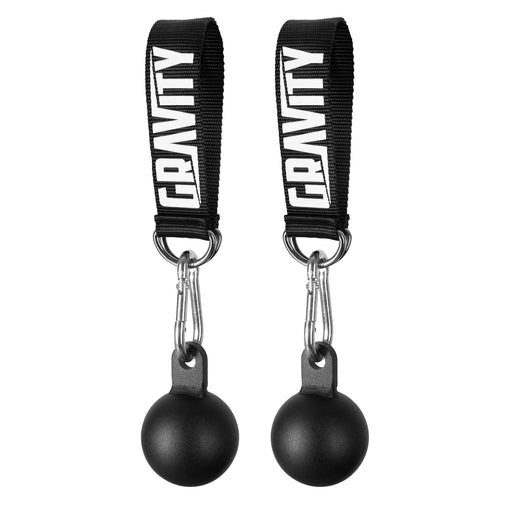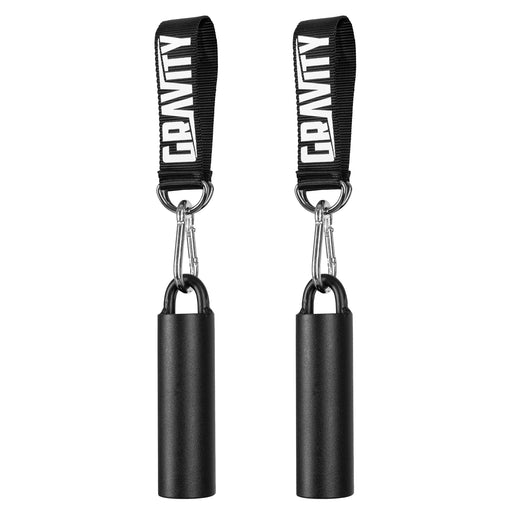
Which Muscles Do Calisthenics Exercises Work?
Which Muscles Do Calisthenics Exercises Work?
I’m going to go through one fundamental Calisthenics exercise for each of the movement patterns and explain which muscles they work, and why they are a base gold standard for Calisthenics:
Upper Body Push: The Press Up
Muscles Worked: Pecs, Delts, Serratus, Triceps
The Press Up can be performed anywhere at any time, making it a great versatile exercise and easily scalable using a variety of different hand and foot positions. Elevating the feet makes a press up more difficult and you can spread the grip wider to incorporate more chest activation, or narrower to target the arms and shoulders. You can incorporate a Pike for Pike Push Ups to work towards your handstand strength too. The fundamentals are the most important thing – keeping the body in one long straight line, tilting (rounding) the pelvis by squeezing the glutes and rotating through the lower back a little bit as well as rotating the arms so the elbow pits point forward meaning your arms and elbows come down alongside your rib cage.
Upper Body Pull: The Pull Up
Muscles Worked: Scapula, Lats, Rhomboids, Biceps
For the Pull Up, all you need is a resistance band, or bar, or a set of rings as you can scale this movement according to your level. You can start on the floor with a band, performing a floor pull up, then you can move onto the rings and start with your feet on the ground and then use a band from the top of the bar to hold your feet. Then you can only use the band for either the concentric (coming up) or eccentric (going down) part of the moment. Then you can remove the bands altogether and start lifting from the bar or the rings.
Again fundamentals are key here – keep your core engaged and Scapula retracted (pulled back). Keep a solid grip using chalk if necessary and almost bring your wrists over the top of the bar. This also means you wont be coming up underneath the bar, but rather behind it, round it and then once you get to a muscle up, over it. For any bar and ring work you want to have a very solid foundational grip, with an eye on perfecting your false grip as well as this leads to further Calisthenics advancement.
Lower Body Push: Split Squat
Muscles Worked: Glutes, Quads, Hip Flexors, Hamstrings
Like a lot of these exercises Split Squats can be done anywhere, and we can scale this by performing the movement with heavier weight or different TUT (time under tension) to maximise gains through the posterior chain and lower body. With the Split Squat we can work our unilateral strength to prepare us for the Pistol Squat too. Split Squats have great Glute and Quad focus as well as improving knee, hip flexor and ankle mobility. Make sure to squeeze the glute on that back leg as hard as you can to keep the leg straight. And make sure to keep a nice long stride, chest tall and good control with the knee coming as far down and as far over the toe as possible. With bent legs this becomes a lunging movement, which we will talk about later. You can also elevate the heel to work through a greater range of motion, and target more strength through the knee and the VMO (vastus medialis).
Lower Body Pull: Nordics
Muscles Worked: Calves, Hamstrings, Glutes, Obliques, Erector Spinae
The Nordic is an ultimate test of flexibility and strength when done safely, correctly and to a high standard. Working through step by step is key to building a good solid base for your Nordics. All you need is a band to anchor your calves and ankles or a training partner to secure you. With your knees anchored safely hold yourself straight and attempt to lower yourself down. You may want to use an anchored resistance band first, or you can pike your hips slightly, making the movement a little bit easier. Make sure you cover your full range of motion whilst training for Nordics. Even if that means not going down as far, to then start from the bottom and try to pull yourself up. This is a more advanced movement but when prepared for, and done safely, it massively helps leg gains and to ease joint pain too.
Squat(s)
Muscles Worked: Glutes (through Minimus, Medius and Maximus), Adductors, Calves, Quads and Hip Flexors
The mac daddy of lower body movements, Squats can be performed anywhere, and you can add weight, slow down the movements or add in Plyometrics (i.e. explosive movement/jumping) to vary how demanding they become. You can add weight with a bar, kettlebell, Dumbbells or a weight vest as well. The keys for squats are to work on your full range and mobility, your ankle mobility and your end range strength to keep your chest tall and squeeze up through the glutes. If your knees go out over your toes, that’s a good thing. Just keep that chest up and the weight centred to your body mass, whether on your back or in front of you. Plant your feet just over hip width apart and imagine your screwing your knees into the ground – anti clockwise on the left and clockwise on the right. Try it next time your squatting and you’ll feel the difference!
Gait: Lunges
Muscles Worked: Glutes, Quads, Hip Flexors
A lower body exercise, Lunges work your vertical movements as opposed to your horizontal movements, like the Squat does. For lunging it’s all about the balance and effectiveness of your long strides, particularly when adding weight. You can use any weight kit or a weight vest to do that. You can also adding in jumping element and plyometrics to boost speed and power. But first you need to establish those fundamentals – step forward cleanly, find that balance point before you sink down and control the back knee to stop a centimetre or so from the floor before coming back up with control and switching sides.
Rotation: Resistance Bands or Russian Twists
Muscles Worked: Obliques, Serratus Anterior, Transverse Abs, Rectus Abs, Lats
Rotation exercises are often forgotten about when it comes to our training. Keeping our spinal movement healthy is important not only for posture but pain management as well. We can use resistance bands tied around a post or wedged in a door to perform band rotations. Keep upright, the arms straight and rotate from the hips. We can also look to perform Russian Twists from the floor. Find the balance point where you feel comfortable and rotate from the hips with feet elevated, almost like a boat pose. Again we need to rotate from the hip following the elbow almost round behind us as far as we can. We can hold extra weight to make this more challenging. Keep a nice even tempo when performing rotation as not to jerk and move muscles and nerves around too abruptly!
We’d love to see you putting theses fundamental exercises to the test, or showing us some other fundamentals, so tag us @gravity.fitness on IG so we can see your Calisthenics progress!
